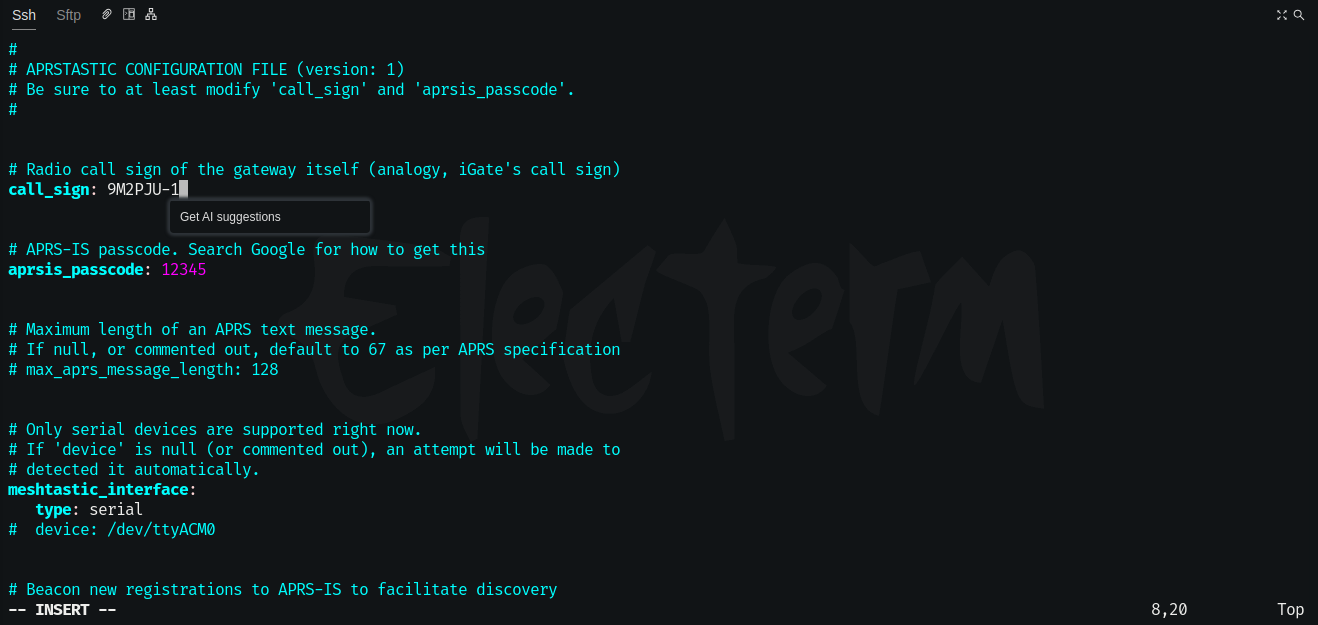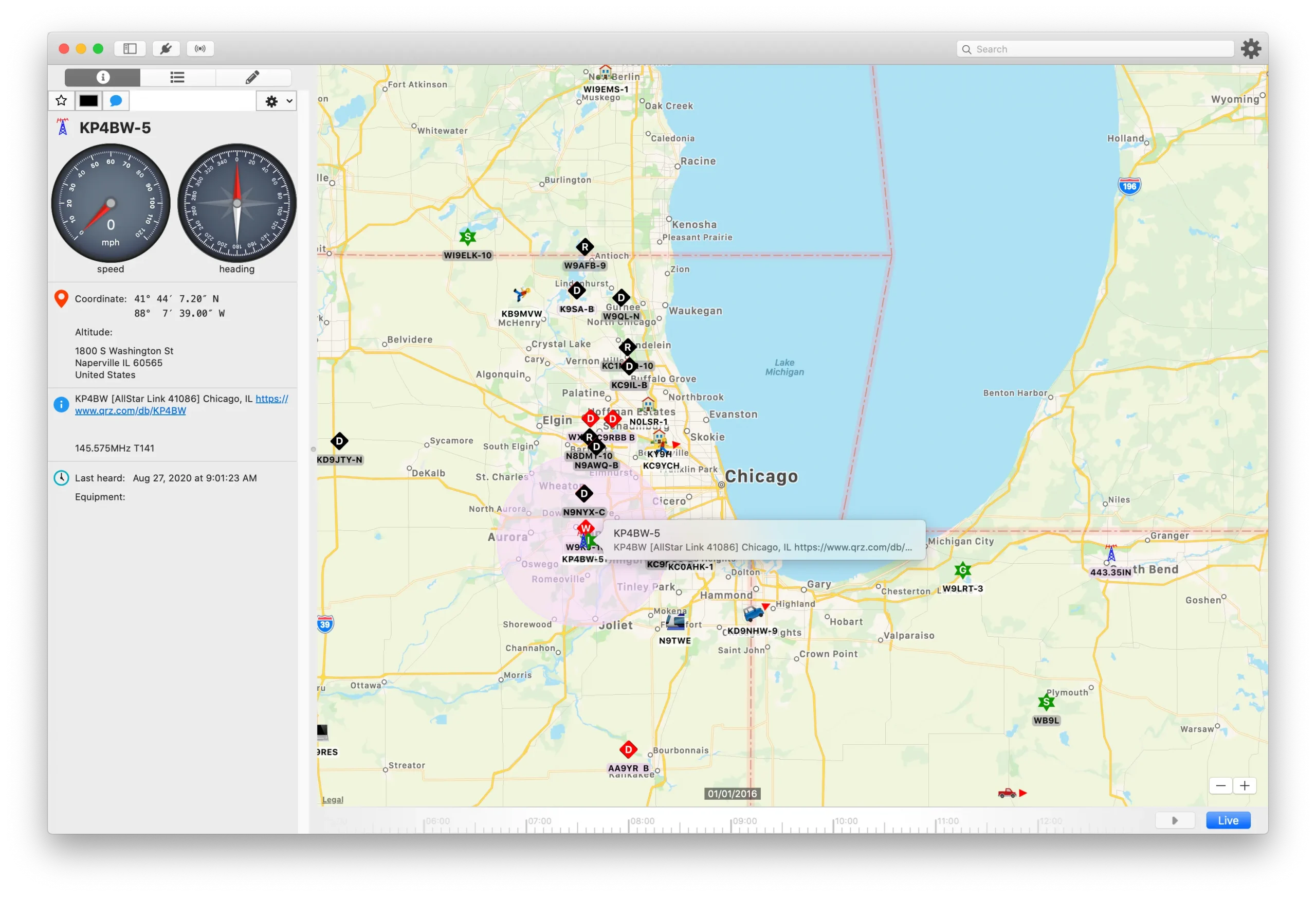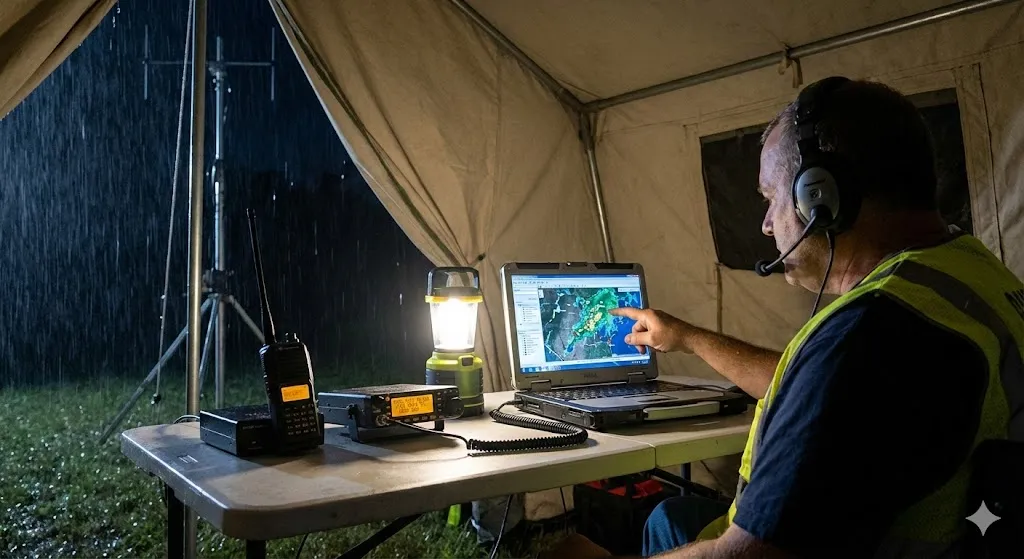9M2PJU
amateur radio
APRS
automatic packet reporting system
ham radio
meshtastic
messaging
amateur radio, APRS, APRS gateway, aprs-is, aprstastic, digital modes, emergency communication, field day, ft8, ham radio, ham radio software, iota, logbook integration, mesh networking, meshtastic, POTA, QSO, Radio communication, radio tools, sota, WSJT-X
9M2PJU
2 Comments
Exploring aprstastic: A Meshtastic APRS Gateway for Amateur Radio Operators
In the world of amateur radio, seamless communication across diverse systems is essential. Introducing aprstastic — a powerful, bidirectional gateway that bridges Meshtastic and APRS. Designed specifically for licensed amateur radio operators, aprstastic enables robust message exchange while ensuring full compliance with radio regulations.
What Is aprstastic?
aprstastic is an open-source Python gateway that runs on standard Meshtastic devices (such as LongFast and 915MHz models). It allows users to send and receive APRS messages using pre-registered call signs. By integrating with APRS-IS, it extends your station’s digital footprint while complying with FCC and amateur radio rules.
Key Features of aprstastic
- Node Icon Customization: Customize node icons for better identification on the map.
- Over-the-Air Registration: Devices can register themselves wirelessly via Meshtastic mesh.
- Global Roaming Profiles: Registered callsigns can beacon to MESHID-01 for seamless roaming across compatible gateways.
- Direct APRS Messaging: APRS messages are forwarded using your registered call sign.
- Offline Operation: Operates without internet if APRS-IS access is not required.
How aprstastic Works
aprstastic acts as a bidirectional APRS iGate, enabling Meshtastic devices to send/receive APRS messages. To get started:
- Install using:
pip install aprstasticthen run withpython -m aprstastic - Edit the configuration:
nano ~/.config/aprstastic/aprstastic.yaml - Start the gateway again:
python -m aprstastic
You will need at least one Meshtastic device connected to a computer, Raspberry Pi, or compatible Linux system running the aprstastic software.
Options for Running the Gateway
Option 1: Desktop or Laptop
- Connect your Meshtastic device via USB
- Run
aprstasticdirectly on your Linux, macOS, or Windows system
Option 2: Raspberry Pi (Recommended)
- Plug in your device via USB
- Set up aprstastic as a
systemdservice for automatic startup
Option 3: VPS with MQTT (Advanced)
Use MQTT to connect the gateway remotely via the internet:
- Run aprstastic on a VPS using
mqtt_urlconfiguration - Connect your physical gateway to an MQTT broker (e.g., Mosquitto)

🔌 Why the Gateway Needs a Computer
The Meshtastic device acts as a USB serial interface:
- Connects to the host machine via
/dev/ttyUSB0or similar - Communicates with the Python-based aprstastic logic
- Bridges Meshtastic with APRS-IS
The computer (or Pi/VPS):
- Runs
python -m aprstasticcontinuously - Handles message routing, registration, and APRS-IS communication
- Maintains a connection to APRS-IS servers via the internet
Special Commands
Send these via your Meshtastic device to manage gateway functions:
- Register:
!register CALLSIGN-SSID - Unregister:
!unregister - Check Version:
!version
Addressing APRS Messages
To send messages to an APRS call sign, format your message like this:
WLNK-1: ?This ensures proper routing through APRS-IS to the intended recipient.
Compliance and Security
aprstastic only processes traffic from registered call signs, ensuring compliance with amateur radio regulations. All transmissions are in plain text—as encryption is prohibited on amateur bands. Every message is traceable to a licensed operator.
APRS-IS Integration
aprstastic identifies itself on APRS-IS as APZMAG, in accordance with the APRS Protocol Reference for experimental applications. This helps distinguish it from traditional iGates and digipeaters.
Conclusion
Whether you’re into emergency comms, off-grid messaging, or just experimenting, aprstastic offers a seamless way to integrate your Meshtastic setup with the global APRS system. Lightweight, flexible, and fully open-source — it’s a smart addition to any ham’s toolkit.
Follow the project and get involved at:







2 comments